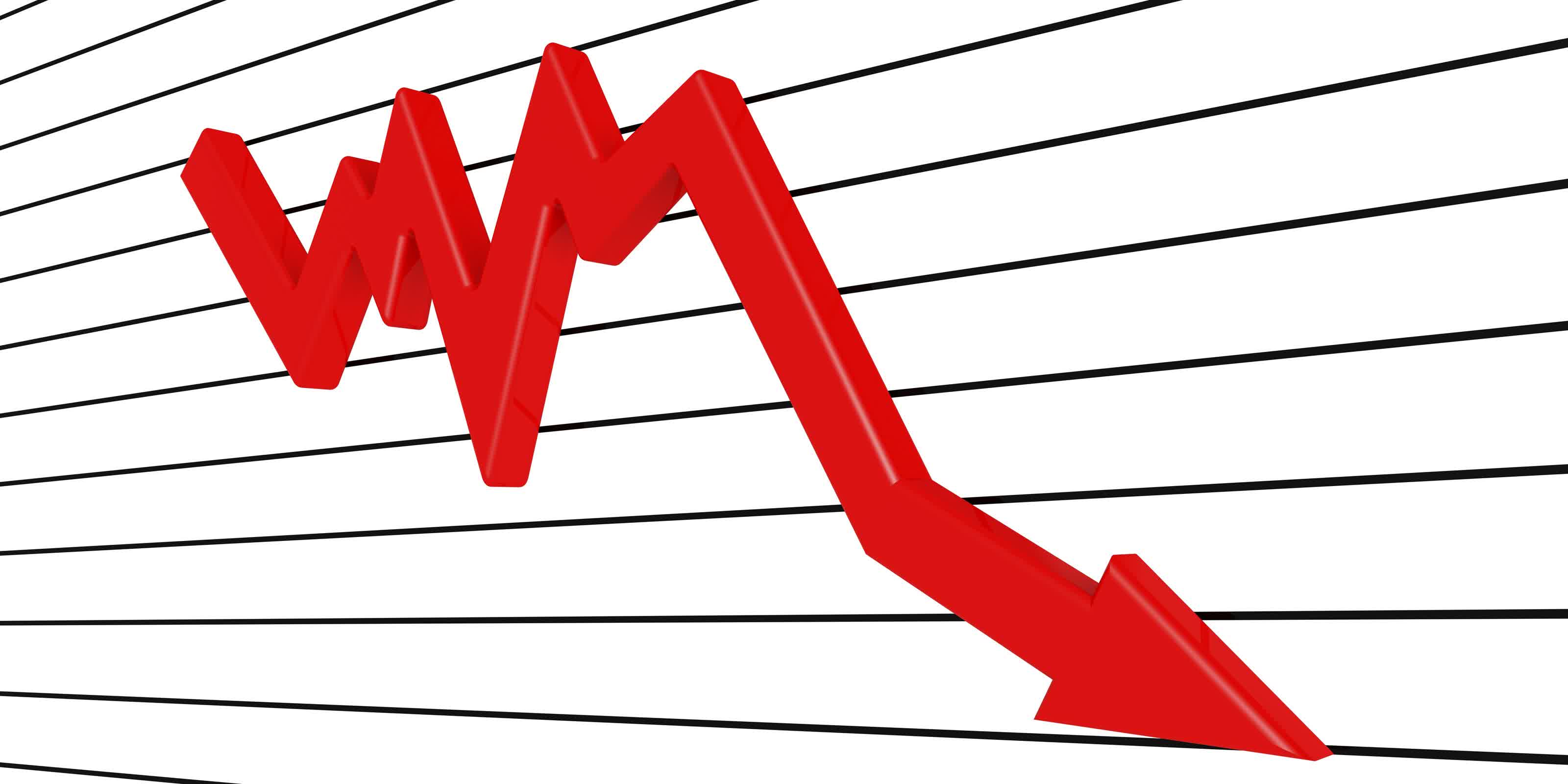In context: The number of apps available on Google Play has dropped sharply over the past year, following a period of extensive clean-up and stricter quality enforcement. Far from being concerned about this streamlined and more carefully curated app environment, many Android users and developers are pleased with the changes.
The Google Play Store, the largest marketplace for Android apps, has shrunk dramatically over the past year. Since early 2024, its app count has dropped from 3.4 million to 1.8 million – a 47 percent decline. TechCrunch cites app analytics firm Appfigures, noting that this drop sharply contrasts with the Apple App Store, which grew slightly from 1.6 million to 1.64 million in the same timeframe.
This sudden decline is not part of a global trend – it stems from Google’s push to improve app quality and security. The Play Store allowed relatively open submissions for years, leaning on automated scans to vet new apps. That leniency resulted in an overabundance of low-effort, misleading, and sometimes malicious content.
In July 2024, Google launched a major policy overhaul to raise app quality standards. It introduced stricter minimum requirements beyond removing just unstable or malfunctioning apps. The new rules targeted those with little content or functionality – such as static apps with no interactivity, simple text or PDF viewers, and apps that offered only a single wallpaper.

Google told TechCrunch that its updated policies and enforcement efforts led to the sharp drop in available apps. The company explained how it shifted focus to removing low-quality listings to improve the user experience, even at the cost of shrinking the overall catalog.
Google also enhanced its developer verification process, requiring mandatory app testing for new personal developer accounts and adding more human oversight to detect deceptive or fraudulent apps. The company increased its use of AI for threat detection, boosted privacy policies, and improved developer tools. As a result, Google blocked 2.36 million policy-violating apps and banned over 158,000 developer accounts in 2024.
While some observers might view such a dramatic decline with concern, many in the Android community see it as a positive development. The purge has cleared away a significant volume of low-effort and potentially risky apps, making it easier for users to discover high-quality options and for reputable developers to gain visibility in a less crowded marketplace.
Despite speculation, the European Union’s “trader status” rule did not significantly impact the decline in app numbers. This regulation, which mandates that developers display their names and addresses in app listings within the EU, came into effect in February 2024. However, since Apple faced the same requirement without a drop in app numbers, it suggests that Google’s app reduction was driven more by its quality-focused policies than by regulatory changes.
Interestingly, Appfigures pointed out that the decline in Google Play’s app count began before the official purge started last summer. This early drop suggests that other factors might have played a role, although the exact causes remain unclear.
Developer activity on Google Play remains strong despite the overall app reduction. In the first few months of 2025, developers released more than 10,400 new apps, marking a 7.1-percent increase compared to last year. This uptick demonstrates continued interest in the platform, suggesting that the more stringent app approval process has not dampened development activity.
Source link